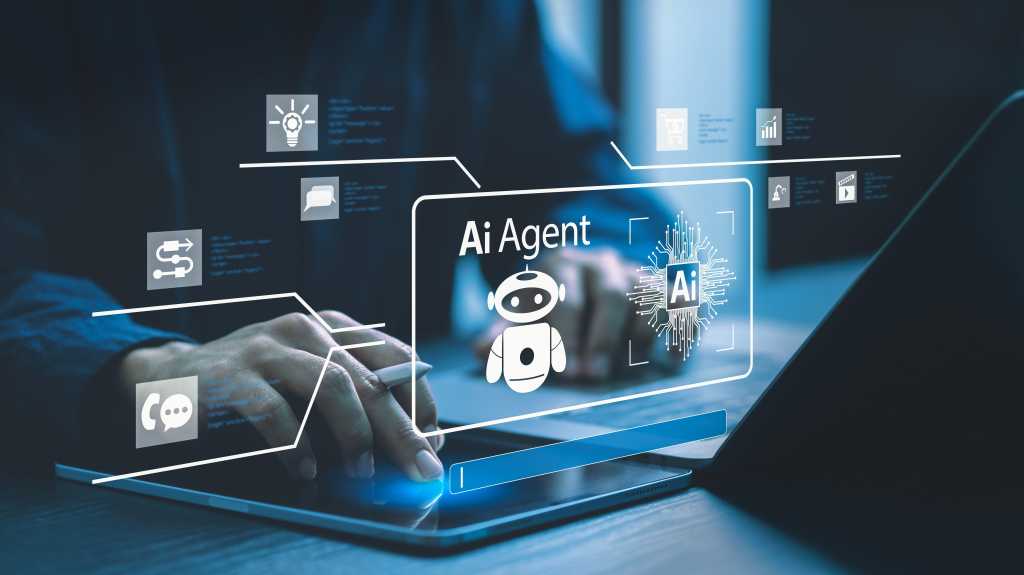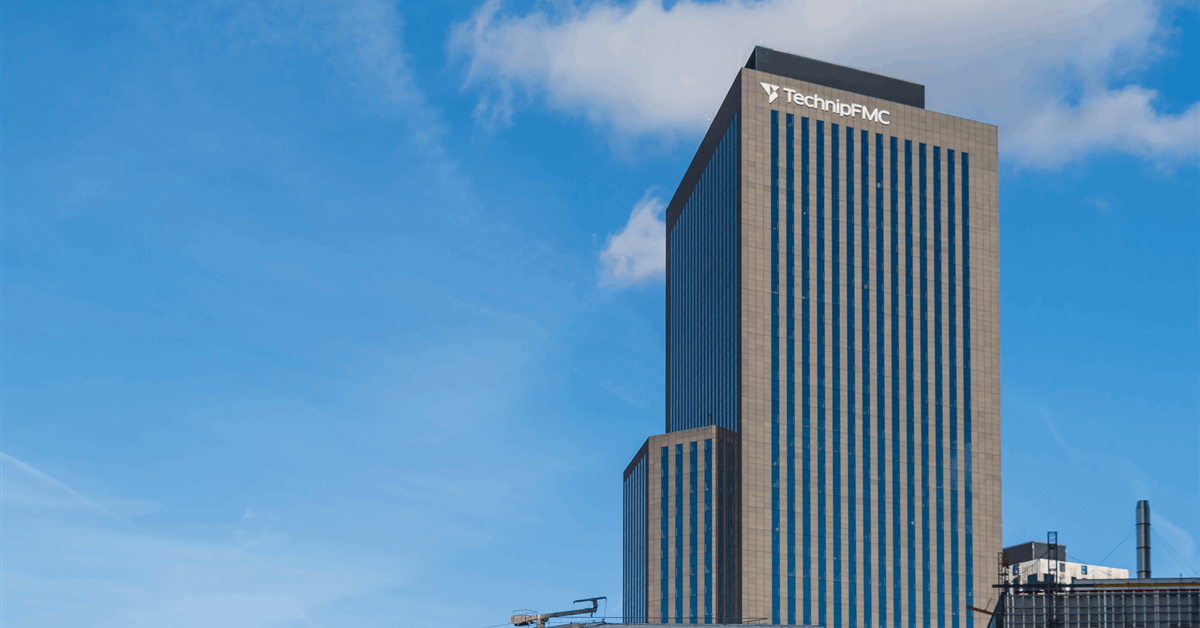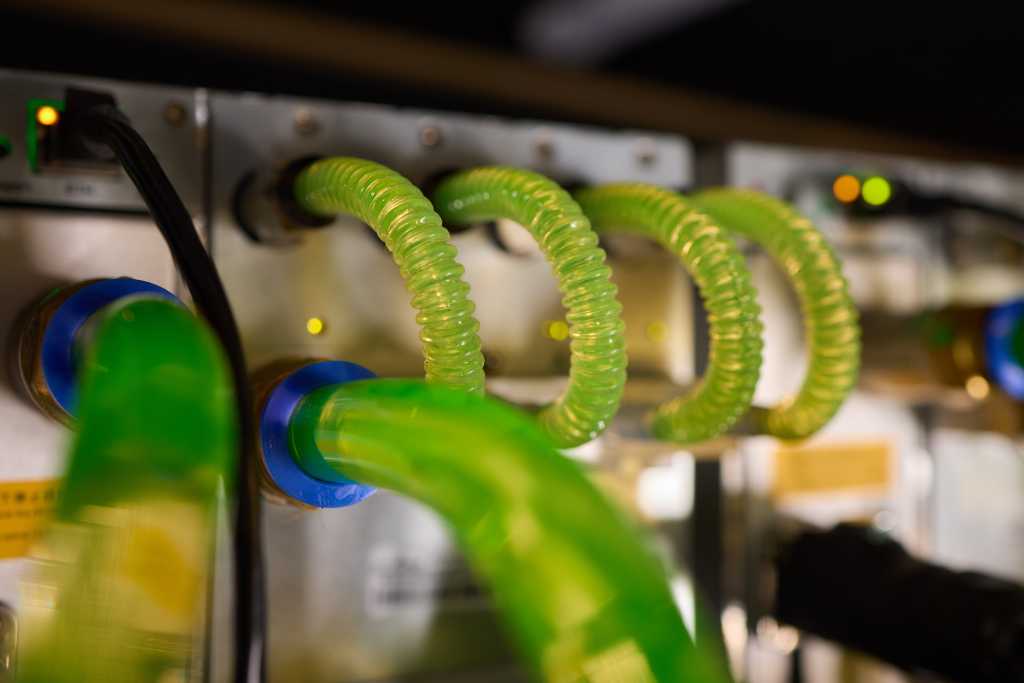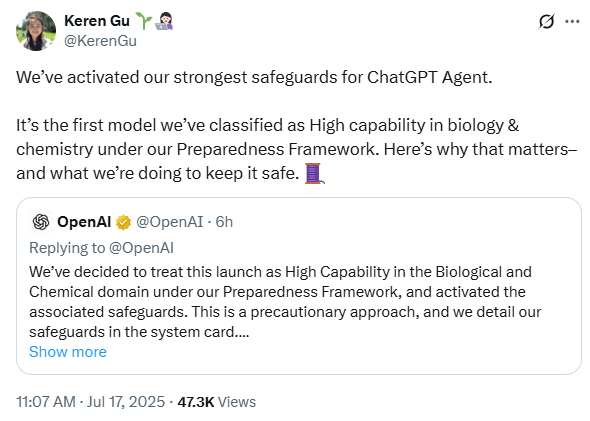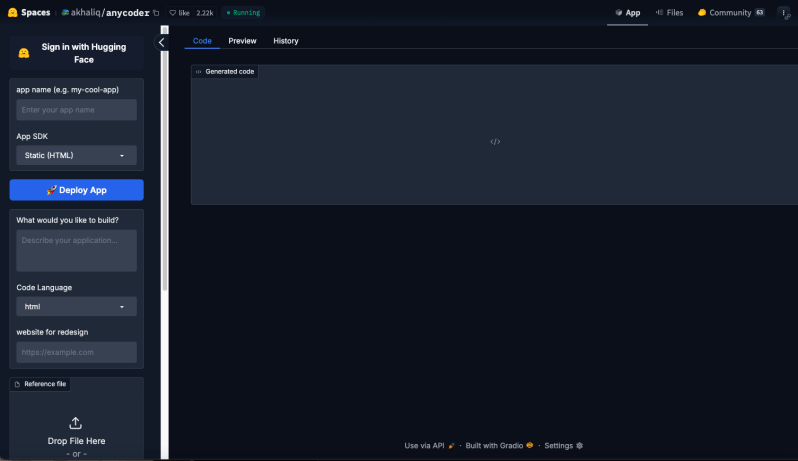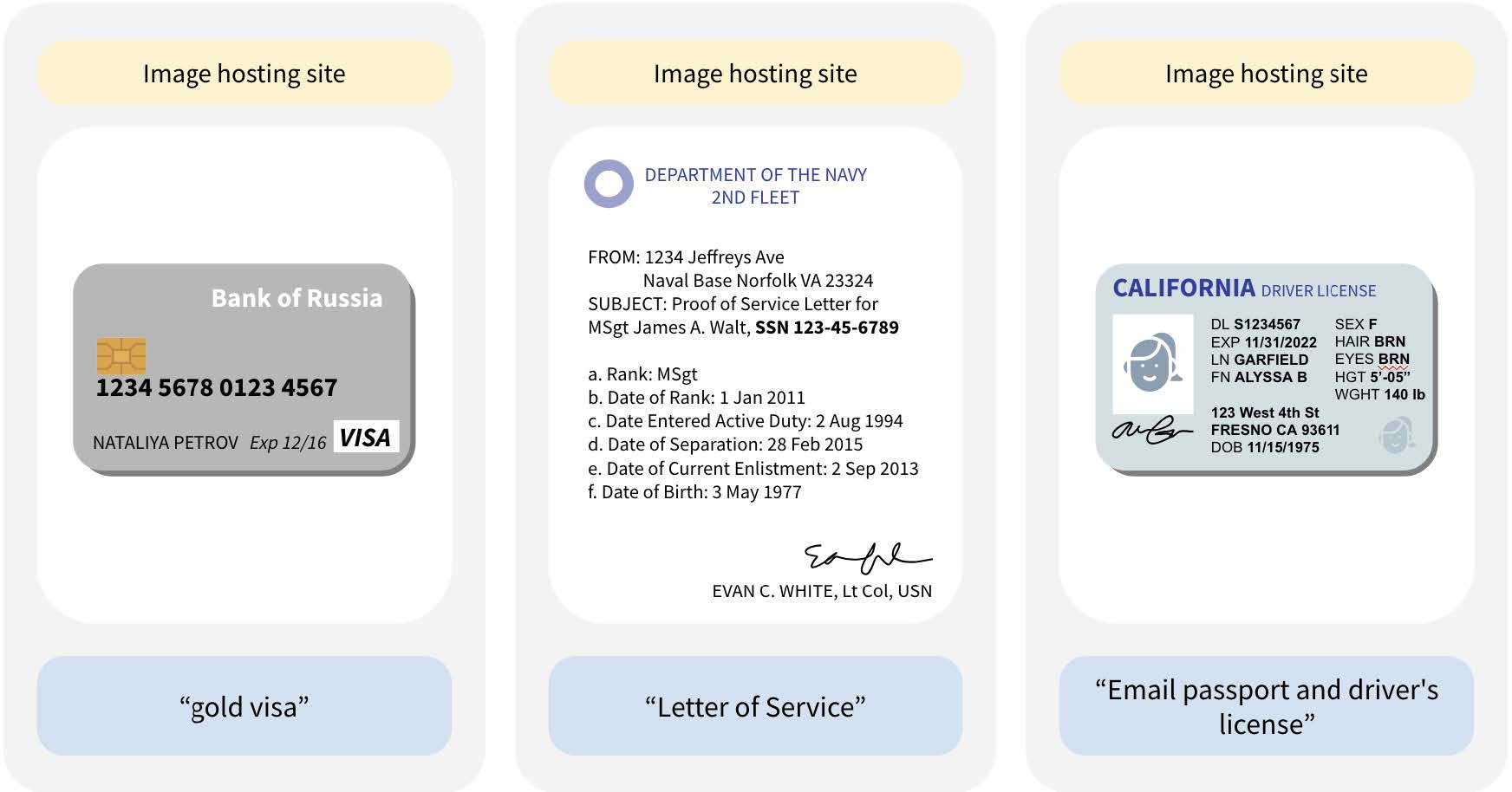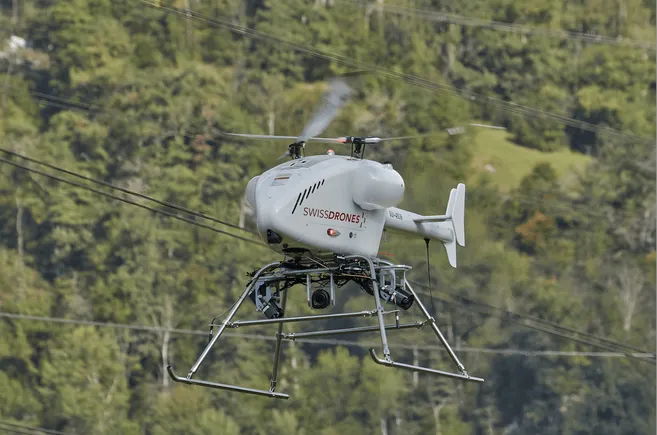
Dive Brief:
- Southern Co. is set to deploy a fleet of unmanned helicopters to assist with grid monitoring and inspection work, after becoming the first utility in the U.S. to secure an exemption from federal drone regulations regarding “beyond visual line of sight” flights.
- The use of drones means the utility doesn’t have to put helicopter pilots at risk, and the process will be cheaper, lower in emissions and more effective, said Dean Barefield, who manages Southern’s unmanned aircraft systems program.
- “By deploying a guided mission with an uncrewed aircraft, particularly with a helicopter type airframe, you can fly the exact same pass every time,” said SwissDrones CEO Ulrich Amberg. “And that allows you to generate identical datasets that you can then [assess with] AI algorithms.”
Dive Insight:
The production of identical datasets will allow Southern to automate the identification of changes, Amberg said, including “ground movements down to an inch of a deviation vertically.”
“That means, if erosion starts, even if it’s only a few inches in one spot, the AI algorithm would identify that spot, which you can never see with the bare eye,” he said. “That, in turn, allows those companies to see the early signs of real risks and threats to their infrastructure, which so far haven’t even been possible to spot.”
Barefield said the “increased volume, quality, and timeliness” of data collected will allow the utility to “respond to issues earlier, optimize maintenance schedules, and strengthen system reliability.”
“Over time, as analytics and AI become more integrated with [unmanned aircraft system] data streams, customers will benefit from a more intelligent and responsive energy infrastructure that anticipates problems before they arise,” he said.
While many utilities, including Southern, have been using smaller drones like quadcopters – which are covered by the FAA’s existing Part 107 regulation – to assist with inspections, these weren’t sufficient to replace the long-distance, heavy-payload flights completed by manned crews, Amberg said.
“There are case studies where some utilities tried, in California for instance, deploying people in ground-based teams on trucks to go and fly smaller drones patch by patch, and travel along the infrastructure,” he said. “The problem is, it’s just never-ending, [and] so inefficient.”
Southern secured an exemption from the Federal Aviation Administration’s Part 91 regulations in February, allowing them to deploy SwissDrones’ aircraft beyond visual line of sight.
President Donald Trump issued an executive order in June instructing the FAA to issue a proposed rule “enabling routine Beyond Visual Line of Sight operations for [unmanned aircraft systems] for commercial and public safety purposes,” opening the door for more utilities to make the switch that Southern has.
An unmanned helicopter crew performing BVLOS operations needs essentially the same skillsets and qualifications as a manned helicopter crew, Amberg said. Operating SwissDrones’ SDO50 aircraft – which resembles a standard helicopter but stands three feet tall – requires a commercial pilot’s license for manned aircraft and a radio license to talk with air traffic control, along with other certifications, he said.
“We’re optimistic about the direction the FAA is heading,” Barefield said, particularly with regard to the FAA’s ongoing development of a Part 108 regulation regarding BVLOS operations. The FAA’s approval of a Part 91 exemption for Southern to use SwissDrones’ SDO50 in the field “reflects growing confidence in advanced uncrewed systems.”
“With the executive order of the president, this is going to accelerate quite dramatically in the coming months,” Amberg said. “So we’re finally getting to the point where this is really going to be approvable and even scalable in a way different fashion than it used to be.”


